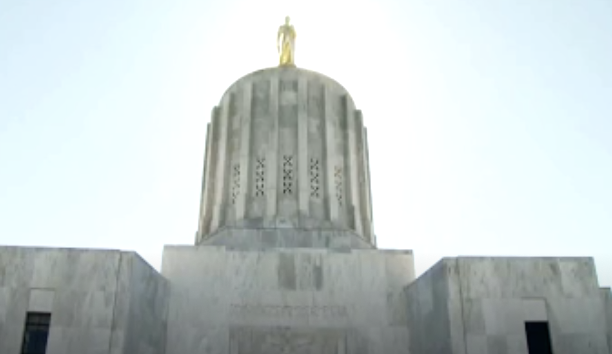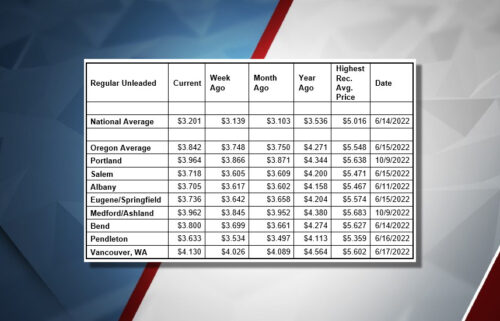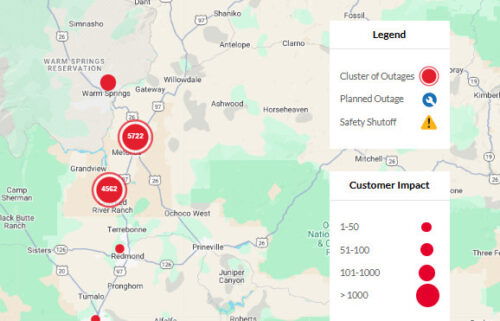Latest Oregon economic forecast shows more money, but federal government leaves future murky

By Julia Shumway, Oregon Capital Chronicle
SALEM, Ore. (KTVZ) -- Chaotic federal announcements about taxes, tariffs, mass firings of federal employees and spending cuts haven’t yet affected Oregon’s economic forecast, the state’s chief economist reported Wednesday.
For now, according to chief economist Carl Riccadonna and senior economist Michael Kennedy, Oregon lawmakers can expect to have about $38.2 billion to spend in the state’s next two-year budget. That’s $350 million more than they thought they would have at the last forecast in November.
But Gov. Tina Kotek and legislative budget-writers have advocated for caution and reiterated those calls on Wednesday. The forecast arrived the day after congressional Republicans voted for a spending plan that included $2 trillion in not-yet-specified spending cuts.
“Our state’s available resources for the coming years are projected to be slightly higher than previously expected, which is good news, but we must continue to budget responsibly,” said House Speaker Julie Fahey, D-Eugene. “We need to be prepared for economic headwinds created by the federal administration’s actions and for potential cuts to federal programs that Oregonians rely on, like Medicaid.”
Riccadonna said tariffs could have a particularly acute effect on Oregon. The state’s economy relies more on manufacturing and trade than most states, and it’s especially sensitive to trade with Asia.
When President Donald Trump installed tariffs in 2018, Oregon’s economy slowed down, Riccadonna said, but the Tax Cuts and Jobs Act also provided a fiscal stimulus that softened the sting of the trade war.
“That may very well be the case again this year, as you know that the one big, beautiful bill is being worked on, and the expectation is that Trump tax cuts will be extended, and maybe even corporate income taxes lowered further,” he said during a briefing with reporters on Tuesday. “That’s a very significant positive macroeconomic narrative that will offset some of the negative from the trade side.”
It’s too early to know the economic impact of other changes, such as the federal government firing tens of thousands of workers in recent weeks. That’s because those workers’ unemployment claims haven’t yet been reflected in state-level data.
“Most of the DOGE cuts started around President’s Day weekend, so it’s really going to be the first two weeks in March where we start to see a quantifiable measure of these job cuts in the state economic data,” Riccadonna said.
The $350 million more available for the next budget cycle reflects $550 million in higher expected income tax revenues tied to higher wages during the next two years, minus $200 million lost to extra state spending to address wildfire costs in December and some late tax refunds. Oregon paid out a record high kicker — the tax credit that takes effect when the state collects more tax revenue than forecasted — of $5.6 billion last year.
Since Riccadonna started as chief economist last fall, his top task has been to create more accurate forecasts to reduce the growing kicker payouts. But Oregonians can still expect a large kicker in 2026: The latest forecast pegs it at $1.726 billion, slightly lower than the $1.8 billion predicted in November. Higher-income Oregonians who pay more in taxes get higher kicker payments.
Lawmakers will craft the budget for the next two years based on the next economic forecast, expected in late April.



